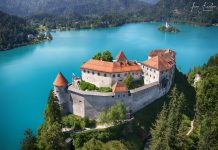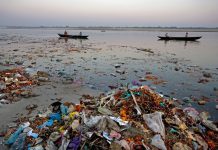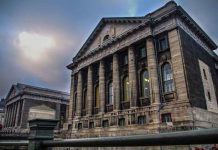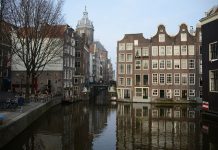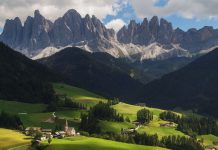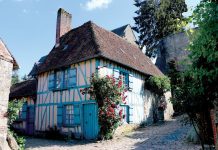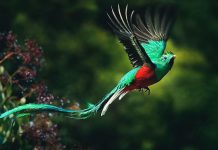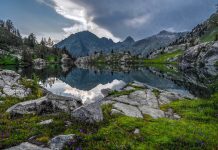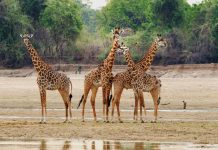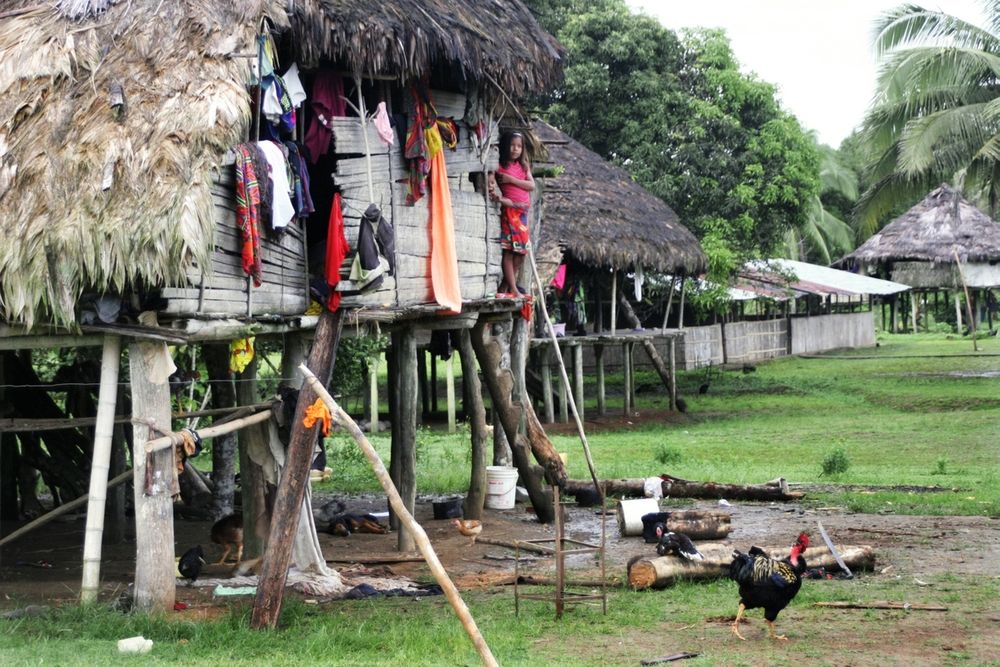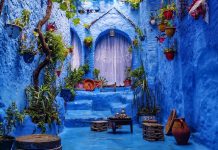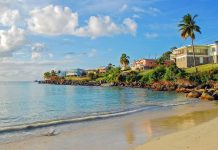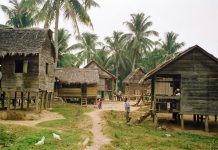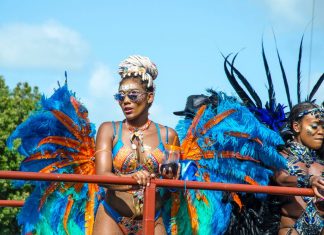The Republic of Panama lacks only one thing its overexposed neighbors have in abundance: hordes of tourists.
It’s hard to think of a single country on the planet that has so much to offer visitors, yet so few actual visitors. Just for starters, it has incredible natural beauty, a modern infrastructure, good roads, clean water, year-round warm weather, a peaceful atmosphere, and a rich history.
Panama has long been known as “the crossroads of the world,” which accounts for its international sophistication and ethnically mixed population. It also has eight indigenous peoples, some of whom still live as they did thousands of years ago. The Kunas of the San Blas Islands are widely recognized as having the most vibrant indigenous culture in the Americas.
An astonishing amount of history has played out on the narrow isthmus of Panama. Balboa discovered the Pacific here. Sir Francis Drake was buried at sea in a lead casket off the Caribbean coast. The ’49ers risked malaria and yellow fever as they struggled across the isthmus on their way to the gold fields of California. Scandals that nearly destroyed France and Scotland began in Panama.
Reminders of that history pop up everywhere. The ruins of old Spanish forts still guard the coastlines of both oceans. The remains of ancient civilizations are being uncovered as you read this. Even in the heart of modern Panama City, the brick streets and colonial buildings of Casco Viejo transport visitors to a distant past.
But even though humans have passed back and forth across the isthmus for thousands of years, much of Panama remains untouched by development. A quarter of the country has been set aside as national parks and protected areas, from a rainforest just a half-hour drive from Panama City to the legendary Parque Nacional Darién, the last great wilderness in Central America, through which no road has ever crossed.
The natural riches of Panama are overwhelming. It has close to a thousand species of birds, more than in all of North America, and innumerable plant and animal species found nowhere else on earth. Its two oceans are so close together that one can swim in both in a single morning. Along the coast are 1,500 islands and some of the most intact coral reefs and mangrove forests in Central America. Panama has little-known but world-class diving, surfing, and white-water rafting, and more deep-sea fishing records have been set here than anyplace else on earth.
And then there’s the Panama Canal, still one of the wonders of the modern world. A transit through the canal across the mountains and jungles of Panama is unforgettable.
Perhaps the best thing about Panama is that the world hasn’t yet caught on to all it has to offer. It’s easy to find a white sandy beach without another human being on it. Some spectacular sights are so little advertised that even Panamanians barely know of them.
Virgin turf comes at a price. Tourism is still so new to parts of Panama that visitors will face challenges they wouldn’t find in more touristy parts of Latin America. At times visitors may feel like pioneers, with all the excitement and frustration that implies. But if the going gets rough, cosmopolitan Panama City is never more than a day’s journey away.

